Follow the Build: Strake Update
We kick back into gear on subsystem updates in an interview with Brandon Litt. Among his other responsibilities, Brandon is in charge of the Lynx strakes.
The strakes are the large structural sections of the airframe just inboard of the wings. They are the primary structure that attaches the wings to the spacecraft, and each strake (one on the port side, the other on the starboard side) contains the following: four kerosene fuel tanks, the main landing gear, and two reaction control thrusters that will control the Lynx when outside of the Earth’s atmosphere.
Above, left to right: Engineers Mike Valant and Brandon Litt prepare to test fit a custom titanium beam into the Lynx strake.
BC: So what’s the status of the strakes right now?
BL: Well we have both port and starboard side strakes in house.
Currently we are working on some final carbon fiber layups. Things like fabricating closeouts for the access hatches, landing gear bay doors, etc.
BC: What does that mean?
BL: In several locations around the strakes we’ve got these large access penetrations where we can reach inside and do plumbing or electrical work on the vehicle.
These holes need to be closed-out so we have a smooth aerodynamic shape. The doors will be flush with the skin and can be removed for vehicle maintenance. You could also call them access panels.
BC: What comes after that? What does it take to get us to flight?
BL: After that we are progressing on to main gear installation, and then final vehicle integration.
First, each main gear assembly needs to be attached to the strakes. The gear will be hanging from custom designed titanium beams that are mounted inside of the strakes. The picture above shows me and my colleague Mike Valant doing a test fit of the titanium beam in the port side strake.
Brandon Litt reviews landing gear status with the XCOR Lynx team at a recent Lynx structures meeting.
Once the gear is installed, we will perform tests of the retract and deploy mechanism. We will cycle the landing gear multiple times to ensure it works properly. The landing gear kinematics are quite complicated, and it’s imperative that the entire system works as it was designed.
So we will get a lot of hours on that, make sure everything works correctly and go from there.
After that, we have to go about installing the strakes onto the rest of the vehicle structure– attaching them onto the fuselage and tying them in with further carbon fiber layups.
The Lynx structure is primarily built from carbon fiber cloth infused with an epoxy resin. This allows the structure to be very stiff, while still being light enough to fly to space. Each structural component on the Lynx (except for the wings) will need to be bonded to each other. Carbon fiber cloth is then physically laid-up over the joints between components to transfer the flight loads throughout the entire structure.
In some locations we will also be using mechanical fasteners (bolts) to reinforce these joints.
After the strakes are firmly attached, we are in the home stretch. We can begin doing things like plumbing the fuel tanks, wiring the electrical system, doing the final checkouts of the landing gear system and all of the other stuff that will ensure flight readiness.
BC: What was the hardest part of the strake build?
BL: The hardest part? Well, because you’re working with carbon fiber and epoxy, you have to build all four of these fuel tanks and the related attach points for the parts mentioned above, at the same time.
Then you close it all out and bake it in an oven. Hopefully the parts haven’t shifted and moved in the process. And hopefully, when you’re done, you have a part that works (we do!).
BC: Can you walk us through what the next steps are with the strakes as of today?
BL: The next steps are to attach the strakes to the fuselage center section, start plumbing the fuel and electrical lines and the reaction control thrusters and install the main landing gear.
I have to say that it’s a very exciting time for us. After two and a half years of work on the strake design, staring at the part on a computer and doing the math, I actually get to see everything come together in front of me. I couldn’t ask for more. All of our engineers are doing this at XCOR – designing, building and testing real hardware on real spacecraft. There is nothing better! I would encourage every engineer out there, who wants to really build things, to check out our job openings online. The Lynx is a very exciting program to work on, and is only the first step on XCOR’s journey. I look forward to seeing where it leads!
Build a little, test a little
XCOR’s Derek Nye and Ray Fitting prepare the Lynx truss for a test day.
XCOR follows a rapid design-build-test approach to developing new products and systems critical to the success of all XCOR programs. We excel at the fast hardware design, build and test of non-toxic liquid propulsion systems. This includes our Lynx main engines, as discussed last week. While non-toxic systems are critical to the overall safety of the Lynx system, they are also vital to the low cost of operation and ownership of Lynx.
“Build a little, test a little”
This “build a little, test a little” approach allows for many Lynx concepts to be evaluated, physically validated and changed rapidly using inexpensive and practical analysis and test methods, rather than relying solely on costly and time-consuming modeling and simulation. It also allows for other projects to generate serious results.
For example, other programs have received multimillion dollar contracts to study pumps without building any hardware. Eventually, a pump may be produced for many more millions of dollars. On the other hand, over a period of 2 years and at dramatically less cost, XCOR has worked with ULA to produce a working liquid hydrogen pump that demonstrates convincingly that it will work for a similar-sized engine with much higher reliability and reusability, and again, at far lower cost. Such outcomes are possible due to frequent and routine testing followed by fast iterations. This produces truly innovative results, and a serious increase in safety and reliability.
When fast iteration is pursued, XCOR focuses on critical operational parameters and requirements for propulsion such as low production costs, ease of maintenance, long life, full reusability and long term producibility. For long-term producibility, we are designing to anticipate the related techniques, materials and processes that may be readily available 20 to 30 years from today.
There are further critical elements, and by focusing on these parameters we drive down total cost of ownership of our systems through upfront procurement cost, maintenance man hours per flight, vehicle turnaround time, life of the product, cost of replacement parts, and reduced support crew and equipment. This positive feedback loop is a benefit to our customers, but also enables enhanced safety. The lower cost of the system to operate, the more that system may be flown. The more it is flown, the more we learn. And the more we learn, the safer we can be.
Design-build-test and XCOR culture
Mobile test stands also feed into our approach. With only minimal fixed test infrastructure at remote locations, we eliminate the need for separate crews reporting to different parts of a larger organization. This fosters a unified design-build-test culture in our company. All equipment and personnel return to the hangar at the end of each test day. Propulsion systems under test are worked on in the comfort of the hangar with all tools and personnel available, then taken to the nearby test site. All engineers and technicians work together toward the common goal of a working product.
Nothing is duplicated, we are one team, costs are contained and safety improves yet again.
Tomorrow: The importance of an actual Lynx cockpit engineering model.
Schlieren photographs
Above is an image of of the Lynx supersonic wind tunnel model being photographed using the ‘schlieren technique. You may have seen this photo in a press release after some of our earlier supersonic wind tunnel tests.
‘But what is schlieren?’ you ask.
As it turns out, schlieren photography is the brain child of German physicist August Toepler, who in 1864 developed the technique to analyze and understand supersonic motion. “Schlieren” in German means streak “streaks.” As is visible in the image above, shock waves appear as streaks across the image emanating from the edges of the model. These streaks reveal changes in air density around our wind tunnel model, and this helps to determine where geometry changes will be needed for improved aerodynamic performance in a given environment.
A schlieren image is captured using a sharply focused collimated light that is reflected into a camera from a curved mirror on the other side of the model. Where airflow is affected by the model, the air density changes, causing the beam to refract differently in low pressure areas versus high pressure areas. Think of heat mirages during the summertime, these are an every day example of that same principle!
Next week we will take a break from the technical and introduce you to some XCOR’ians.
XCOR Lynx: Aerodynamics: Subsonic windtunnel model assembly
Engineer Mark Street assembles a sub-sonic wind tunnel model Lynx, which was used at the U.S. Air Force test facility at Wright-Patterson Air Force Base near Dayton, Ohio.
In addition to computer modeling with computational fluid dynamics, wind tunnel models provide the necessary real-world data that together informs the final shape of the vehicle. We will cover all of these topics and more in the near future.
Tomorrow we cover some questions from the week, and update you a bit later on where you can find us on the road.
XCOR Lynx: DIY Aerodynamics
Engineer Mike Valant drives an XCOR wind test truck back and forth on the taxiways of the Mojave Air and Space Port during a test series.
In 2009 XCOR built a highly precise sub-sonic wind tunnel test model of the Lynx. For some preliminary data before actual wind tunnel visits, we ran tests using our ‘DIY truck tunnel’ as shown above. The truck and its fixtures include precisely instrumented appendages, structures and bit of computing and data recording capability. We also used the truck tunnel after the sub-sonic wind tunnel tests to experiment with some additional design features before returning to the real tunnel a second time.
By the way, this is not the first time that this particular technique has been applied in Mojave and “other places” in the Antelope Valley for aerodynamic development. We wish we could say we invented this technique but we did not. It has been used for many years by both neighbors in Mojave and neighbors to the west and south of us.
Stay tuned tomorrow as we answer your questions and update you on where you can find us on the road!
From the Bunker: Ray Fitting, Red Team
Due to the amount of detailed work involved prior to each test day, the test team needs a simple visual method to track every single piece of hardware that has been tended to prior to a test. Here Ray Fitting of Red Team torques a line, painting a bright stripe on each nut and line that has already been checked and adjusted prior to the test. Red Team and the rest of the test team are then able to track what still requires attention, and what is in (or out of) place.
This is the eighth in a series of our posts “from the bunker,” interviews with the people behind the scenes at every hot fire and cold flow that takes place at XCOR.
Today we interview Ray Fitting from Red Team.
As always, if you have questions or comments, you can ask them right here, or connect with us on Twitter or Facebook.
Bryan Campen: What is Red Team?
Ray Fitting: Red Team is the team that pretty much does all the hands-on work on the test stand. Whenever we are bringing up pressures and going out for a test day, we are the guys actually around the test stand manipulating valves, regulators and doing any in-field repairs or modifications.
BC: When you joined XCOR, where did you start?
RF: Literally I started off as hangar maintenance and shop help, sweeping and cleaning up [the hangar]. Red Team started probably about three months into working for XCOR. XCOR kind of has a policy of having everyone at some point in time being part of Red Team. It helps to gain a better understanding of how the stands work.
BC: Your day starts pretty early on test days...
RF: When working with a test stand, generally [the Red Team crew] are the ones doing maintenance, repairs or upgrades on a stand. We are constantly working on it, so on a test day we’re some of the first into the hangar.
BC: And at the top of the day you’re there with Checklist and Control? What are you doing?
RF: Yes it’s usually Red Team, Checklist and Control. First part of the day is spent cleaning and prepping the stand to be filled with fuel or liquid oxygen or both.
Then we’re loading the trailers and getting ready to roll out.
BC: How do you integrate with Checklist and Control?
RF: Generally I communicate the most with Checklist, because [Brandon] is doing the challenge and response system. With that, there is a certain lingo and flow and it’s kind of hard to explain. Basically we have worked so long together that when we’re talking we can communicate more with less words. Everyone who is actively involved with a test stand is kind of on the same wavelength and shares this [ability]. And because there are usually not a lot of distractions at the bunker, it is easier to communicate problems and potential fixes.
BC: So you fuel-up and caravan to the bunker. When you arrive, what part of the job requires the greatest focus?
RF: When we bring pressures up and we are getting closer to run, that requires the most focus. We’re listening, going through actuation tests on valves, checking all of the systems, and always listening to and looking at everything to make sure it’s behaving and working the way it’s supposed to. During the final parts of the setup before we arm it and go back into the bunker to press the “Go” button, that’s the most mentally demanding moment for everyone.
Ray opens-up helium bottles and brings-up pressure on the test stand during a test day.
BC: How long did it take until you felt settled-into the role?
RF: It’s one of those things where you never finish learning. There is always something new going on and I am always learning. There are always new tests, new valves, new apparatus. So you eventually get to a point where you have enough knowledge of safety and how things work that you kind of get comfortable— but it’s still a constant learning process.
However, once you get to a place where the hardware is neutral, that’s a little simpler to learn and understand. But it takes a bit of hands-on to get a feel for which system is which plumbing-wise. Then you’re able to take it apart and understand it in your head.
BC: Last question. What’s the most interesting part of the experience?
RF: Watching fire come out of the engine. That means all the work the crew has done has come together, and it did what it was supposed to do.
XCOR Lynx: Cockpit and Avionics 101
XCOR Chief Test Pilot and former NASA Astronaut Rick Searfoss sits in a full-scale Lynx cabin mockup to test a prototype helmet and suit with Orbital Outfitters Chief Designer Chris Gilman.
Each Tuesday we detail features of the cockpit, its avionics and life support systems, environmental controls, pressure suits and payload configurations. We will also take a look at fabrication, mockups and other key design points.
When boarding Lynx, you climb right into the cockpit, slide down and strap in next to the pilot. It is an unobstructed view, and within minutes after liftoff you experience the Earth, stars and space at 328,000 feet inside the glass canopy of the Lynx cockpit.
This cockpit is a self-contained pressurized vessel that sits inside the outer shell of the Lynx vehicle. It is attached to the fuselage (containing the liquid oxygen tank), the wing strakes (containing the kerosene fuel), and the nose (containing the front landing gear).
Note that the windscreen on the Lynx cockpit actually constitutes *two* different windscreens. The distinctive flat panel look of the front windscreen is high temperature / high strength glass that protects the cockpit from heat and forceful strikes.
The inner windscreen is a complex curved shape that holds the pressure of the cockpit.
The Lynx cockpit is maintained at approximately 8000 feet “pressure altitude”, similar to what we experience flying New York to Los Angeles in a Boeing 737. To maintain this environment, the cockpit includes a life support system which is also integral to the pressure suits that both pilot and spaceflight participants wear as safety back- up devices in case there is ever a loss of pressure. In normal operating conditions, breathable air is circulated through the cabin and suit from an onboard supply.
Over the next few Tuesdays we will show you the cockpit in various stages of construction.
Tomorrow marks our first day on Lynx fuselage and structures. More to come.
XCOR Lynx: Flight panel
The Lynx flight panel is designed around a two-screen electronic flight instrumentation system. This system gives our pilots all the flight path and performance they require on the left screen and, on the right, all the information necessary to manage the engine and Lynx systems. Other instruments surrounding the main screens are present as backups. It is hinged around a center post and swings out for easy maintenance.
More on cockpit origins and progress in the coming weeks.
Pictured is an illustration of the final product in action at about 100 kilometers.
Tomorrow we cover slosh tests! Stay tuned.
XCOR Lynx: Fuselage 101
The Lynx flight weight fuselage is mounted on the fire wall test stand, awaiting re-installation of the engine truss structure.
On Wednesdays we highlight progress on various structural components such as the fuselage, strakes, wings, nose and landing gear.
Always build a house with a strong foundation. Always anchor a suspension bridge into bedrock. A similar principle holds true for spacecraft: they must always be built on a solid structural core that can stand up to flight in harsh environments.
The Lynx structure consists of several critical components: the fuselage (containing the liquid oxygen tank), the wings and control surfaces, wing strakes (containing our kerosene fuel, and main landing gear), cockpit, and nose (containing the nose landing
Our spacecraft is a complex assembly of highly-engineered structures designed to maximize strength and minimize weight. Each have their own functional requirements, and must serve the function of the vehicle as a whole. More so than any other application, form follows function very tightly on a high performance launch vehicle.
At the center of the Lynx is the fuselage. The fuselage holds the liquid oxygen tank, and all other major structural components attach to the fusleage. These include the truss structure that holds the propulsion system (Monday’s post), the cockpit (yesterday’s post), the wing strakes that hold the kerosene and the main landing gear, the nose structure, and the wings with their control surfaces.
The fuselage can be seen in the photo above. In it, the carbon fiber structure has been painted to protect it from the sun’s UV radiation, as UV can degrade the carbon fiber structure. The fuselage is sitting on its cradle on the Lynx firewall test stand, waiting for the propulsion system to be re-attached.
XCOR Piston Pumps: The Holy Grail
Above: An XCOR rocket piston pump with colors so intense, it appears to have been born on the Fourth of July.
Welcome back!
As we discussed recently, XCOR engines are set apart from the rest by their long life, reliability and reusability.
But they are also set apart by how they are pump-fed.
XCOR’s rocket piston pump simplifies the overall propulsion design versus traditional rocket engines. It lowers the overall weight of the vehicle by enabling the use of low pressure liquid oxygen and conformal kerosene tanks, and enables the quick turnaround of the vehicle since it enables “gas and go” rocket engine operations.
Usually high-performance rocket engines use turbo pumps that include complicated design features, extreme internal operating conditions (thus needing exotic materials), have limited (bounded) range of thrust once they are designed, and typically require extremely-skilled, highly-paid staff to produce and maintain the pump inventory. The typical life-span of a high performance rocket turbo pump today is about 30 minutes (sometimes less, sometimes more) before it renders itself unusable and in need of replacement. A good rocket turbo pump for an upper stage expendable launch vehicle will cost between $500,000 and several million dollars apiece.
By comparison, XCOR’s piston pumps require no exotic manufacturing processes or materials, and the component parts can be built by readily available high-precision machine shops. The pump may be serviced on a typical shop bench in under a few hours by a technical school graduate or junior grade FAA licensed Airframe & Power Plant (A&P) mechanic. The XCOR rocket piston pumps can then be mounted on a rolling test trailer, checked-out the same day and installed on the Lynx. The all-in purchase and assembly price is an order of magnitude less than a turbo pump of similar capability.
Our rocket piston pumps will undergo regular preventive maintenance as we check on internal wear and tear, replace seals, and ensure the pumps are ready for flight. XCOR believes that rocket piston pumps in use for Lynx will last hundreds if not thousands of hours, with regular preventive maintenance. And at three minutes per flight, this adds up to a lot of rocket flights!
Each piston pump can run at a different speed to supply different amounts of propellant for various engine outputs within a fairly broad range of thrust levels. They can also provide propellants for more than one engine at the same time.
For example, recently XCOR sought to increase the thrust of an engine by 30 percent. In the turbo pump world, that probably would have precipitated a completely new design of the turbo pump, including millions of dollars of non-recurring engineering and one to two calendar years of time. In our case, we had significant margin and just turned the pump speed up to achieve the desired thrust level.
In the Lynx, each pump is so powerful it can drive propellant for two (of the four) main engines with significant margin. In other words, one pump is so powerful it provides the liquid oxygen for two engines! And a second pump provides the fuel (kerosene) for the same two engines. This makes the baseline for the Lynx propulsion system four pumps and four engines. Each engine is roughly 3000 lbf of thrust.
Given all the advantages of the rocket piston pump above, one might ask why turbo pumps are ever used in rocket propulsion systems. For smaller thrust levels below 60,000 to 100,000 lbf of thrust (depending on the fuel, liquid hydrogen or kerosene, respectfully), we ask the same question. But above these thrust levels, the turbo pump output performance per unit of weight becomes an advantage over the piston pump.
In later posts we’ll discuss more about the propulsion system, piston pumps, and at a high level, the thermodynamic cycle that makes it all work.
Tomorrow we will show you a test article for the cockpit.
Follow the Build: Q&A with XCOR CEO Jeff Greason
by Bryan Campen
Pictured: XCOR CEO and Founder Jeff Greason
Yesterday we interviewed XCOR Chief Executive Officer Jeff Greason (@JeffGreason on Twitter) about Lynx status, the future of suborbital and orbital space flights, and fielded questions from Facebook and Twitter.
Thanks to all of you who submitted questions–both for your thoughts and your patience. Enjoy!
Bryan Campen: If we were to step into the hangar right now, what would we see?
Jeff Greason: So what you would see are a few things. You’d see that the hydrogen stand we are doing engine work on with ULA is very prominent.
And the propulsion test bed that we are doing Lynx development on is out in the hangar as well.
Then, off behind a black curtain, we are accumulating the composite pieces of the Lynx airframe. We have:
• The fuselage we are going to fly,
• The LOX tank we are going to fly is currently being installed in the fuselage,
• We have the strakes—the thick part at the base of the wings–on both the port and starboard side,
• We have the landing gear,
• And we are eagerly awaiting the cockpit. It’s one of those things that is very close, but hard to tell how long it takes to get all the way to done.
BC: What major milestones are shaping-up this year for XCOR and Lynx?
JG: When we get all the pieces for Lynx, of course that’s gonna be a big day.
There are a few pieces we need to start with the final assembly of the vehicle: the strakes, fuselage and cockpit.
Once we have those we’ll start integrating and doing all of the vehicle structural assembly. After all of that is done it starts to look like a spaceship. Then we start wiring and plumbing it. And there are other pieces that bolt on rather than glue on, like the engine cowling, that will arrive during the Lynx wiring and plumbing process.
Parallel to all this we continue to shake the kinks out of the propulsion system.
When the propulsion system is ready to go, we unbolt it from the test stand and bolt it on to the bird.
And when the bird is ready to go we start flight test activity.
BC: Jos Gal asks: When will be the roll-out of the Lynx and when is the first test-flight?
JG: I believe we will see the flight test program starting this year.
The roll-out will of course be when the vehicle is put together and the first flight test will be when it is ready to fly.
We’re in the phase of the project where we have to knock the remaining issues down one by one. Our engineers are going as fast as they can to get there, so there’s no need to apply pressure with a flight date.
BC: Per Wimmer asks: What are the most important milestones between now and launch of XCOR Lynx Mark I? How is everything progressing?
JG: To go back to the earlier answer—the next major milestone is when we have all of the structural subassemblies to start the vehicle assembly.
And it’s hard to pick out one major milestone after that. It’s the process of getting all the pieces put together.
There will be another, separate path when we are done debugging the propulsion system, at least sufficiently for the Mark I flights to start. But those are not dependent on each other, because we have the testing on the test stand while we have the vehicle integration happening in parallel.
Those are the major milestones between here and flight.
As to how it’s progressing, I am optimistic and feeling good about the process once we have all the pieces in place. It’s a little hard to predict when we will have all the pieces.
BC: Follow-up question from Per Wimmer: How do you see the competitive landscape for private space rocket building and space travel developing at the moment?
JG: Right now, and for the next several years, the suborbital and orbital markets are going to remain fairly distinct from each other. They are not overlapping segments.
In the suborbital arena more than one company is going to enter service, and we’ll be one of them. I’m feeling very comfortable with our ability to compete on price because of our lower capital costs and higher flight rate, with the other entrants that I see coming into the suborbital market.
For the next few years, the orbital market is going to remain dominated by expendable launch vehicles, and I support efforts to reuse. But that will take some time to come online and reuse will likely work very incrementally in the near- to mid-term. I don’t think that there is going to be a day when suddenly it’s all reusable, with very low maintenance labor. I think it’s going to be a long, evolutionary process.
In the orbital world for the next few years, I think the story is going to be SpaceX, ULA and Orbital Sciences competing for market share. And of course ULA is a customer of ours trying to develop cheaper engines to help them compete, and we fully support them!
The generation after Lynx, on the one hand, will be starting immediately after Lynx Mark I; we will start the Lynx Mark II build.
But we also have, as we’ve said many times, a fully reusable orbital system on the drawing board. Just how fast we are going to start on that remains to be seen. But certainly it’s a multi year effort to get that to a point where it’s ready to start flight-testing.
I think eventually at much higher flight rate, reusable orbital systems will come into the market place. And when that happens they will dominate the lower end of the market.
That said, I think that expendable or quasi-reusable launch vehicles are going to remain. Because I think the market will optimize where the bulk of the mass gets lifted in smaller packages on vehicles that fly very frequently, but are small. And at the same time, the few pieces that are inconvenient to break into small payloads will be an oversized payload market, and that will continue to be served by expendables and semi-reusables.
BC: @ssshocker on Twitter asks: What is the timeline for Lynx MKIII? What price point are you aiming for with LEO payloads?
JG: I am not going to speculate on the timeline for Mark III. After the Mark I is flying I’ll put a new number on it.
Right now it’s looking like that will be about $500,000 for a microsatellite launch. The price is dominated by the cost of the expended upper stage for Mark III.
BC: Hernan Estrada asks: How do you expect XCOR technology (and its competitors’) to impact commercial point-to-point flying 10 years from now?
JG: I know there is an enormous level of interest in high speed point-to-point transport. And I believe that the day will come when these kinds of technologies do play in that market.
But I don’t expect it to be a material factor within ten years. The reason for that is that point-to-point transport, unlike suborbital and orbital flight, directly competes with a very mature industry of subsonic aircraft.
For the commodity you are offering—high speed—that’s a small fraction of the market who want that speed so badly that they will get themselves to a space port in a remotely populated area in order to take a high speed flight.
So in order for high speed flight to be practical, you have to be able to do it, and you have to be able to do it at a price point that is reasonably competitive with subsonic aircraft, or at least not a large multiple of it. On top of that, you would need to be able to fly from densely populated areas with all the implications that has for how you integrate with the air traffic control system, how much noise you generate on takeoff, that kind of thing.
It is possible to do. But I think it’s going to take many generations of a reusable rocket vehicle before we’re ready to do them. And that means I think suborbital point-to-point flight over any significant distance, as a major form of transportation, is going to come on only after we have fully reusable orbital flight.
Now people will find certain high value uses where an orbital system can be turned into a point-to-point delivery system for a few very high value payloads, where nobody cares how much it costs if it gets there in time. But I don’t that is going to be a major factor in the point-to-point transportation market over the next ten years.
Twenty? Maybe.
BC: @silicon_sky on Twitter asks: Is there a plan to try an intercontinental flight with the Lynx?
…and is there a one sentence answer you want to give with that?
JG: I have a more than one sentence answer with that one [laughter]. I get asked this question a lot.
The only way to get long distance out of a rocket is to go very, very fast. And if you want to go a significant fraction of the way around the planet, you have to go a significant fraction of the velocity it takes to go into orbit. Very significant point-to-point distances are just not acceptable to suborbital vehicles of the first generation because while you can go 60 or 70 miles high, you can’t go more than about 200 miles downrange. To extend that you could use subsonic glide, but that’s not any faster than any other airplane.
So it’s only interesting when you’re talking about orbital class systems that go Mach 8, Mach 10 or beyond.
BC: @Goolic on Twitter asks: I’m really curious if you see any significant difference/advantage vs Virgin or simply see the market as big enough?
JG: What’s important right now, and what we focus on, is getting multiple successful entrants operating in the suborbital market so that we can start to compete with each other. Once multiple companies are serving that market, they will all try different things and offer different kinds of services to the customers. And really not until then will we find out what the demands of the market really are.
So I don’t spend a lot of time thinking about what the various competitive situations are going to be, or gaming them out.
What I focus on is “Let’s get out there and start serving the market, and then we’ll find out!” Maybe a market segments, and different companies offer different services that appeal to different people. Maybe the market’s big enough for many entrants. Or maybe there are winners and losers, and in that case we will work very hard to be one of the winners.
But until there are multiple companies in the competitive marketplace it’s too early to worry about.
BC: Question from Julian Powell: Any updates on the development of the upper stage hydrolox engine for ULA?
JG: The program is continuing, the work is ongoing, and when we reach significant milestones we ask permission to say something public about them. And ULA has been great about that.
BC: @ZacTrolley asks: International partners & employees; how difficult is it [with] ITAR and other security measures? How can it be made easier?
JG: With ITAR in place it is essentially not possible for us to have non-US persons as employees. All of our employees are citizens or US permanent residents.
There is ITAR reform underway in the United States, and I think it’s possible in time those restrictions will come down, but they are not down yet and might not be down soon.
BC: @tschwarzzz on Twitter asks: What is your long-term vision for XCOR, as far as space settlement goes? Do you envision a future Lynx that enables it?
JG: So I outlined earlier that there is a plan for a fully reusable orbital system after Lynx. And I also discussed that, in my own view, the orbital transportation system is going to shake down into small, highly reusable vehicles that fly most of the mass, and larger semi-expendable vehicles that fly far less frequently that carry the occasional large payloads.
If you look at what it takes to do cost-effective transportation beyond low earth orbit, of course you need to start reusing what I’ll call the earth departure stages—the rockets that post the payloads to earth escape have to come back. That’s not that technically difficult to do.
They then need to be refueled on orbit, so that they can be re-used. To do that you have to have a propellant storage capability on orbit, and I think one large consumer of launch for a long time to come will be propellant launched from the earth to those orbiting facilities.
I think people are going to be an important part of the traffic model going to orbit. For example I think that Richard Gariott’s time on the space station shows that there is actually a market for on-orbit labor, there are things for people to do on-orbit that pay.
It’s just that right now those things don’t pay as much as it costs to get the people up there.
But with a fully reusable system, you’re talking about a price point where very clearly the opposite is true. Flying people up to orbit becomes like flying people to an offshore oil rig or a research station. People do it because it pays to do it.
The third major segment is going to be that most of the things that we build in space can be effectively built in space out of modest sized pieces, hundreds of kilograms. And a system that can take a couple of people and payloads of that class will be needed and successful.
Launches like those are going to be so much cheaper to fly per kilogram than the large vehicles that fly less frequently. The only things you’ll fly on the large vehicles will be things that you can’t break into smaller pieces. For example the earth departure stages themselves, when they have to be replaced, will probably go up on large vehicles.
Now I hope XCOR is part of that transportation system, and it’s my job to try to get us there.
I have thought about if we get to the point where we are flying fully reusable orbital systems what do we do next. And I have given some thought to whether it would make sense for us to start doing circumlunar transportation.
Obviously there are other companies out there that have vertical landing technology that are better equipped than we are to start doing things like reusable lunar landers.
And as I’ve said publicly that once you start flying to the moon, if you care at all what it costs, you start producing propellant on the moon so you can refuel your ships, rather than carrying all the propellant from the ground and that dramatically reduces that cost.
Also, I’d love to see the beginnings of a Mars transportation infrastructure put together. It’s a technically very interesting problem and very doable, but it does require some R&D to do that cost effectively. And I have tried to do what I can to interest government agencies like NASA in doing that R&D so that cost effective transportation to Mars can be obtained one day.
BC: A couple final questions: How is the Midland migration coming along?
JG: It’s always in a forward direction. We continue to work with Midland on navigating our way through the FAA spaceport licensing process. We are going back and forth with the building contractor on hangar renovations. Certainly taken a little longer than I’d like to get the renovation plan hammered out.
We have some rented office space in Midland right now, about six folks working out there.
And they’ll move over with the rest of us, to the hangar, when we are ready to [establish the Research and Development / Flight Test Center in Midland].
BC: Any more updates on the spaceport licensing process?
It’s hard to say much more about that. What’s going on is that as the FAA continues to ask questions we continue to generate answers. At some point we think they will run out of questions. So far we have not run out of answers.
BC: In the meantime, how is XCOR coping with the existing space in Mojave?
JG: [laughter] We are very, very, very full. It’s a challenge. I eagerly look forward to the larger space.
BC: How would you say XCOR is different from the XCOR of 10 years ago?
JG: Maybe it’s just me but it doesn’t feel all that different. I still get my hands on the hardware, everybody still knows everybody fairly well. We still feel like a small shop, we’re still all in one location—it’s just bigger.
I don’t get as much time with each person as I used to and I can’t spend as much time talking at conferences and things like that, because I have too much to do here.
One other thought: After Lynx is flying, a lot more of our people are going to be by percentage in the non-technical parts of the company—in business development, in support of the wet lease operators, and in sales and marketing because they are going to grow significantly. But even then it is my hope that those essentially become divisions of the company and the engineering R&D shop keeps this tight-knit feel.
Next up: XCOR Chief Operating Officer Andrew Nelson talks business. You can connect with Andrew on Twitter as @XCORAndrew.
The Year of the Lynx: How We Roll [from the XCOR Blog]
by Bryan Campen
Above: The XCOR caravan makes its way past the “bone yard” for another hot fire.
Yesterday we went through initial morning activities that surround the day of a hot fire test, rolled out the flight weight fuselage and engine truss. We started to fuel LOX and kerosene around 7AM.
Cut to two hours later…
Around 9AM, after the kerosene and LOX fill is complete, and after running through check lists and various pre-rollout processes, we tow the engine test stand and truss out to the XCOR Test Bunker on the other side of the Mojave Air and Space Port.
The caravan of vehicles include the F-150 pickup truck with which we tow the test stand, a Hummer we use to tow the gas bottle trailer (a rolling stand filled with high pressure gases, such as helium and nitrogen, which we use for tests), and up to two more vehicles holding additional crew and equipment.
We cross the runways and taxiways of the Mojave Air and Space Port, past the “bone yard” of old aircraft, then into an area populated by numerous test sites for many of the space port tenants.
Because we travel within the boundaries of the airport and cross active taxiways and runways, we must have aviation radios and follow specific operational and communication procedures prior to departure, during movement, and upon leaving the active flight line. We pre-coordinate test activities with the local space port staff and first responders so they are fully aware of the planned activities and can, if they wish, monitor our activities in real time.
Tomorrow – What happens when we arrive at the test stand?
The Year of the Lynx: Fuselage [from the XCOR Blog]
by Bryan Campen
Pictured: XCOR A&P Derek Nye prepares the inside of the Lynx Mk. I fuselage to receive the flight LOX tank.
Welcome back.
Over the coming year XCOR is developing its first spacecraft. And as one of our guys just said, this is the year of the Lynx. As discussed back in September we are taking you through that journey, post by post to first flight.
Next, we will kick off weekly coverage of all things XCOR—and Lynx—through a new Q&A with XCOR Chief Executive Officer Jeff Greason, touching on some of the big picture highlights of what to expect in the coming year, and recapping a bit of 2013.
We will then check in with XCOR Chief Operating Officer Andrew Nelson, and he’ll provide both his view of the highlights and fill us in on any really cool developments on the business end. You can check out a recent interview with Andrew regarding space policy here.
After that we will connect you with our engineers and team to discuss Lynx status and the Lynx experience, and answer any questions you may have about XCOR.
Sit tight, everything is about to accelerate once more.
The Year of the Lynx: Engines 101 — What 5K18 really means, and a bit on pumps and regenerative cooling [from the XCOR Blog]
XCOR Lynx: 5K18
As discussed last week, Mondays are dedicated to the Lynx propulsion system. This includes Lynx main engines, engine nozzles, reaction control systems, and related technologies such as XCOR rocket piston pumps, valves and piping.
Let’s start with the Lynx main engines, how we name them and a bit about how 5K18 pumps and regenerative cooling work.
How we name our engines
As just mentioned, Lynx main engines include four XR-5K18s. The engine naming and numbering scheme we use follows a specific naming convention, like most things in aerospace or automotive.
The “XR” stands for “XCOR Rocket”.
The “5” stands for the thrust class of this rocket engine.
The “K” in this case is for the fuel, here it’s kerosene.
The “18” is the 18th overall engine design since XCOR was founded. For example, our X-Racer was powered by the XR-4K14 engine, a fourth-generation engine powered by kerosene and liquid oxygen, and the 14th overall engine design we had initiated at the time.
Fully pump-fed engines
Sometimes when testing our engines we use highly-pressurized inert gas, such as helium, to force the oxidizer and fuel into the engine for combustion. Or our engines may be powered by pumps that move oxidizer and fuel from low pressure tanks to high pressure before feeding them into the engine for combustion. And sometimes we do half and half: half pressure-fed and half pump-fed.
In operations, Lynx 5K18 engines will be fully pump-fed.
Regenerative cooling
The 5K18 engine uses “regenerative cooling” to prevent it from melting during the extreme temperatures of rocket combustion. Tiny capillaries inside the wall of each engine (and engine nozzle) have cooling liquid that flows through them to maintain appropriate temperatures. In the 5K18 we use kerosene fuel to cool the engine just prior to it being injected into the engine for combustion.
This is not a new idea. In fact, it has been used on most liquid rocket engines since the early days by pioneers such as Wernher von Braun (Germany, 1930s) and Reaction Motors (US, 1940s).
Over the next few Mondays you will experience a set of behind-the-scenes photos and see some of what it takes to build, prepare and test these engines. We will also highlight the unique features of this propulsion system that make it one of the most advanced and reliable rocket propulsion systems in existence today.
Tomorrow, it’s all about the cockpit!
Stay tuned.
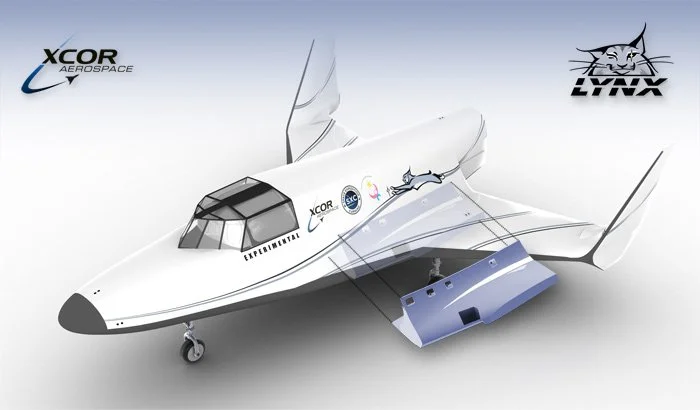
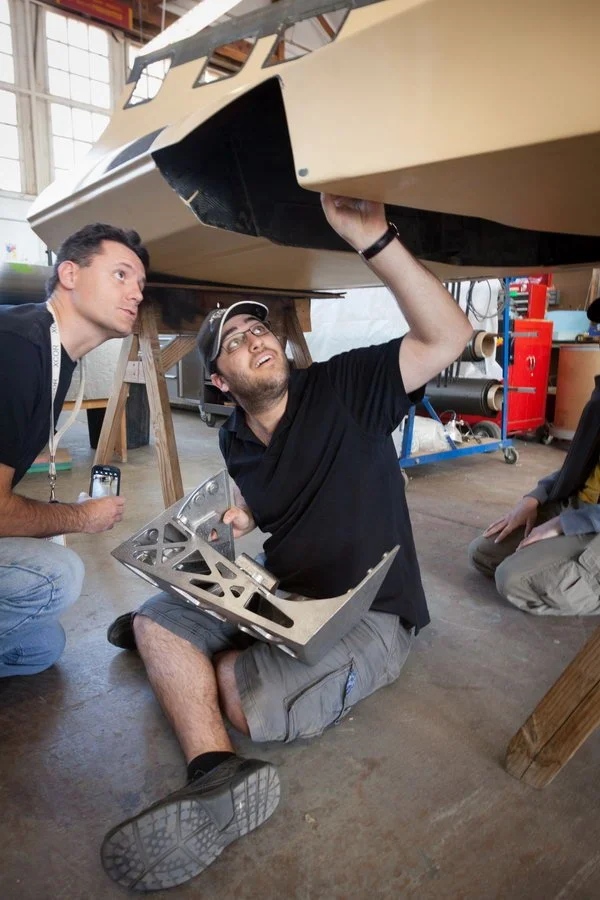
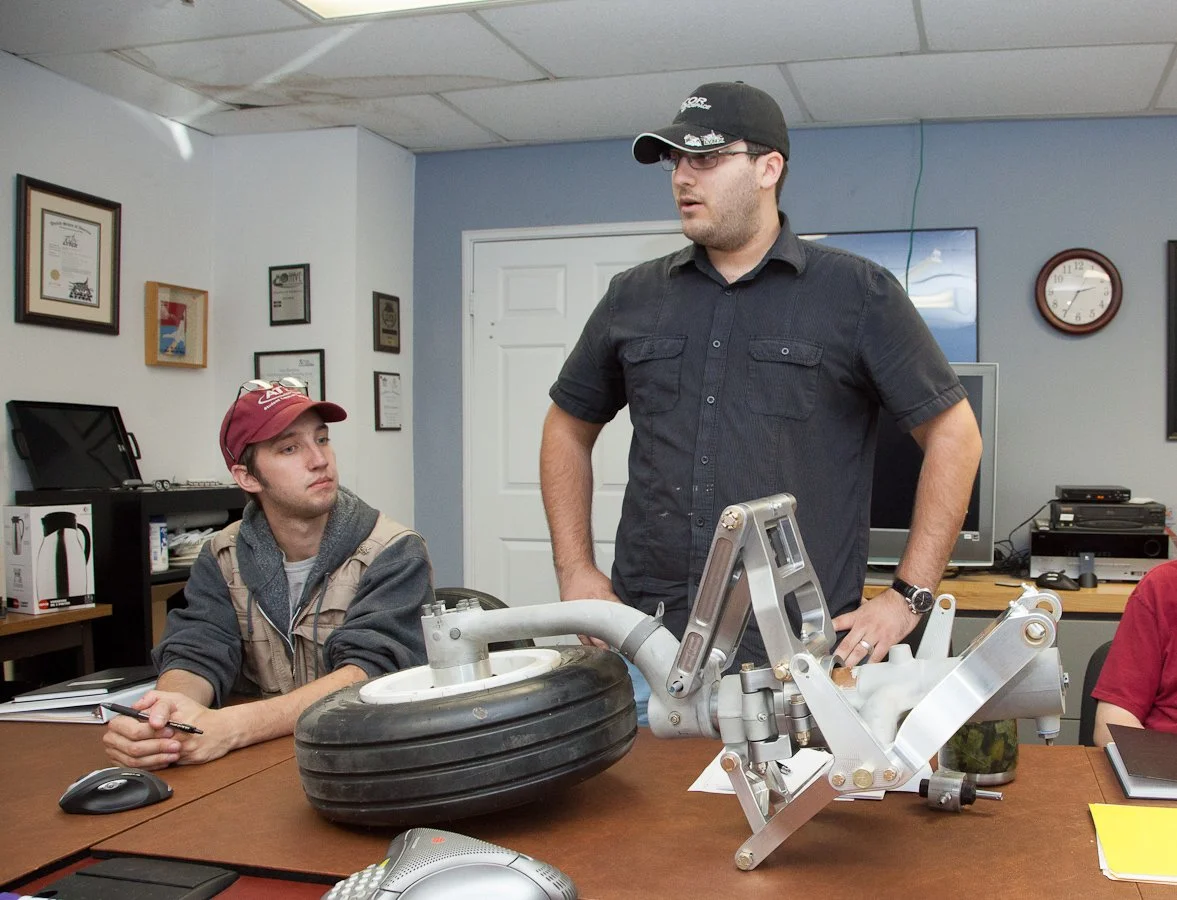
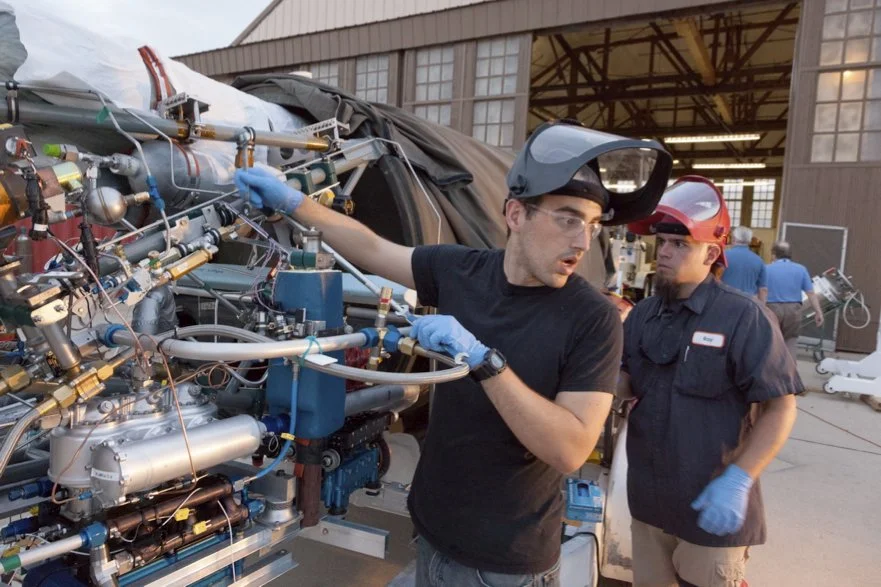
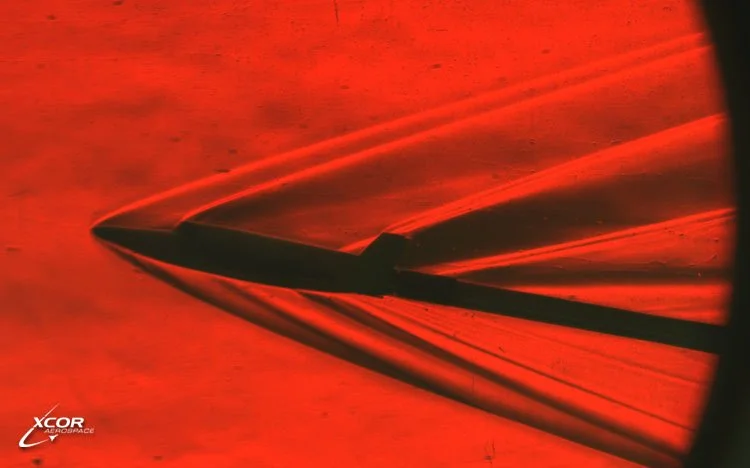
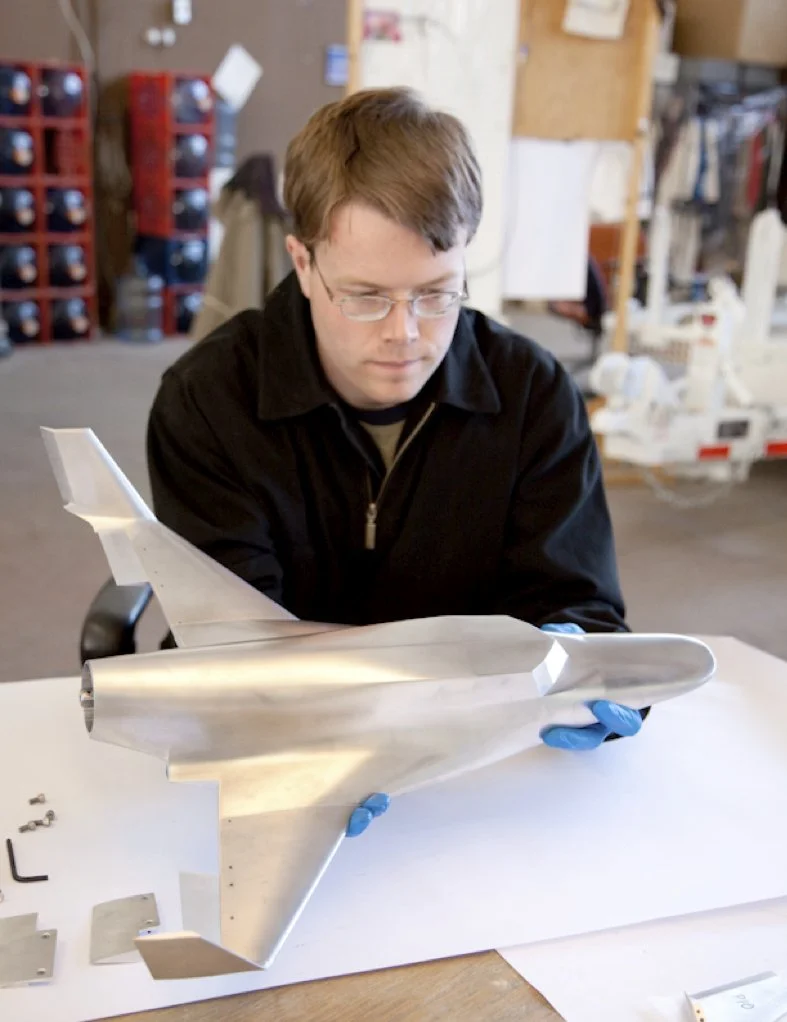
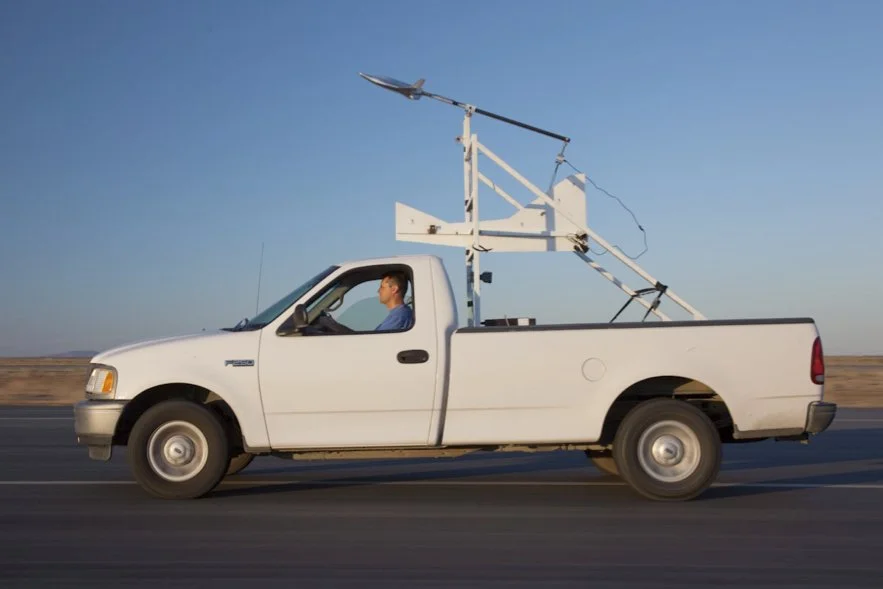

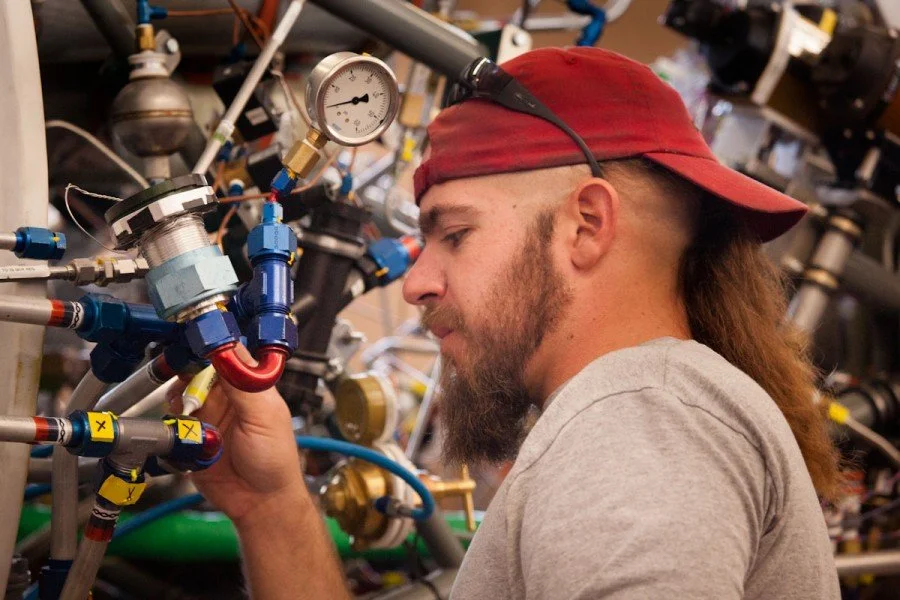
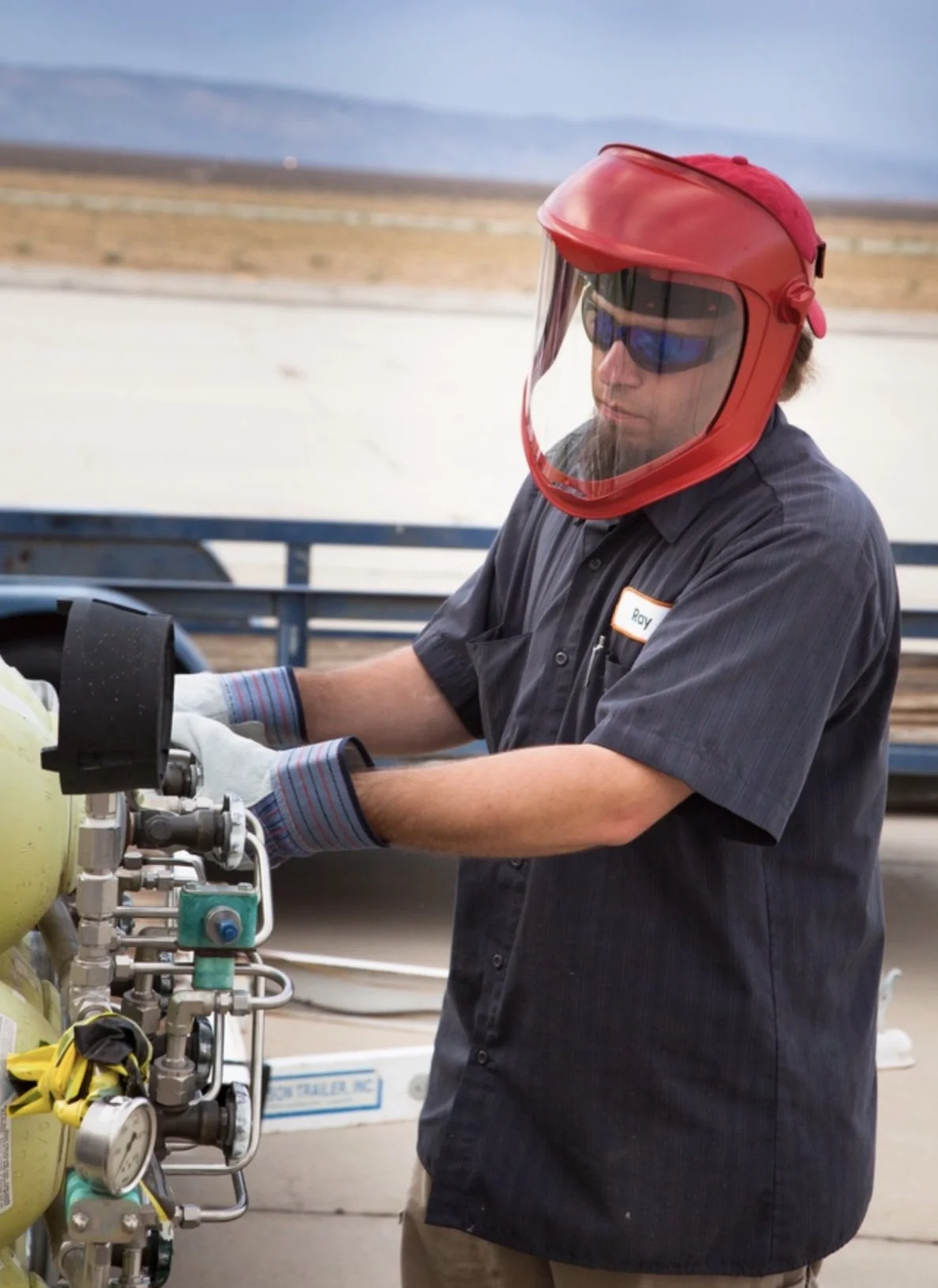
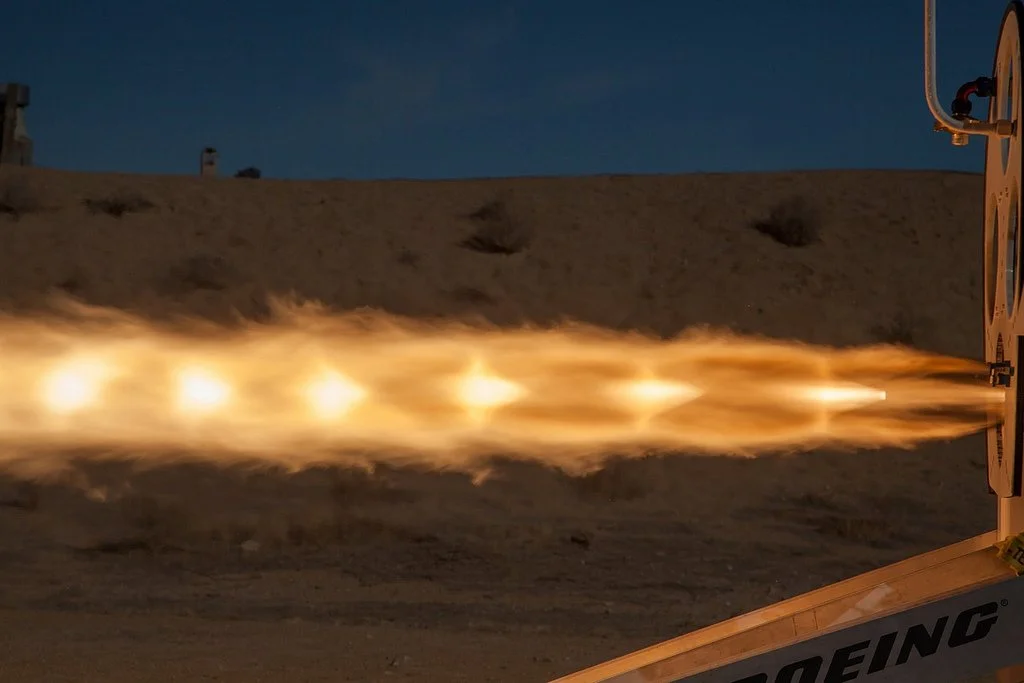
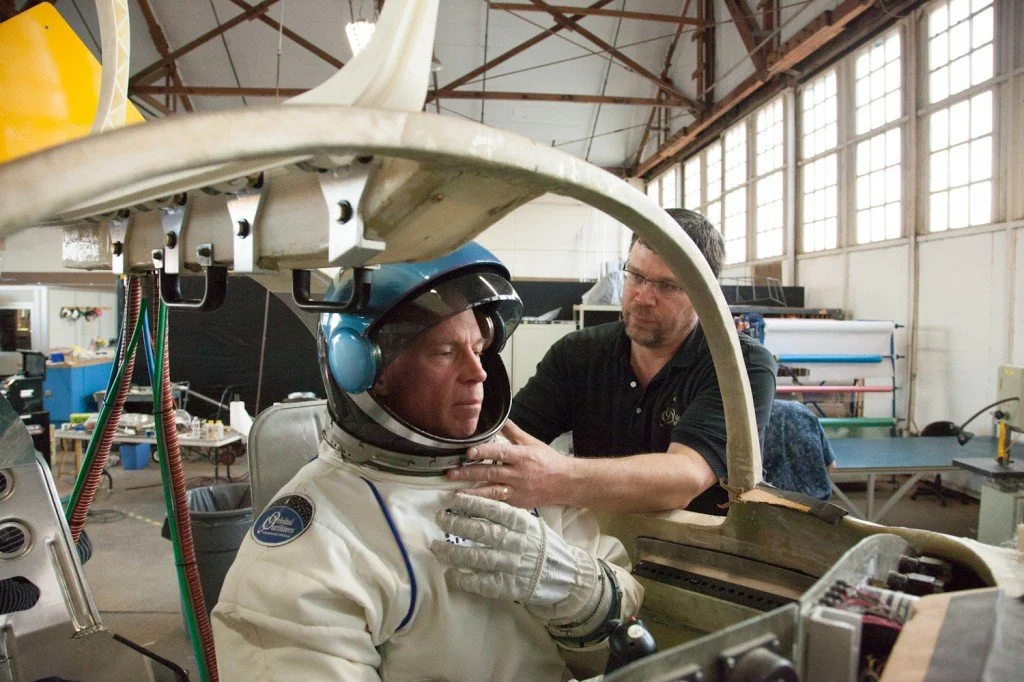
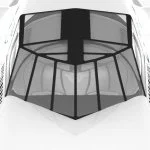
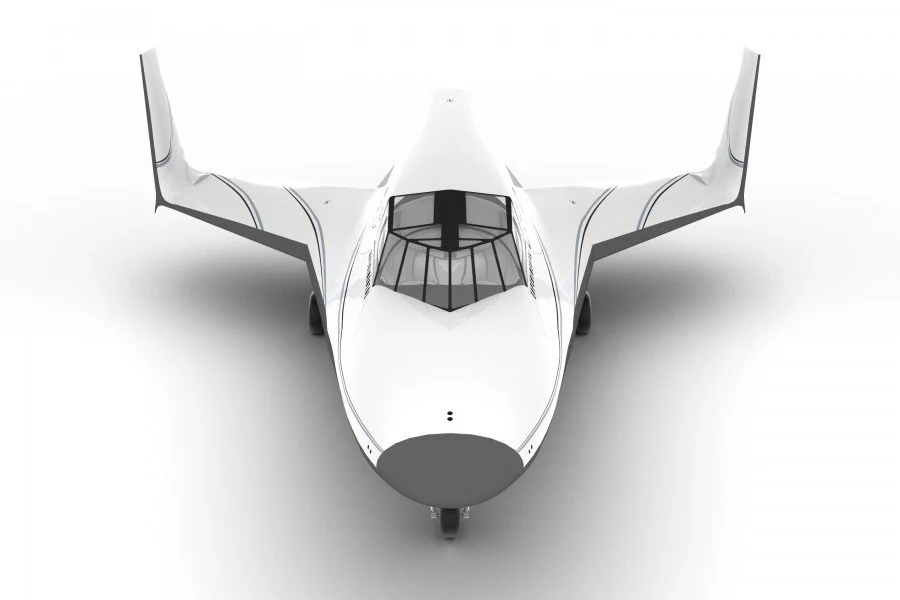
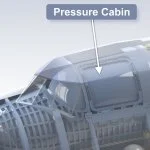
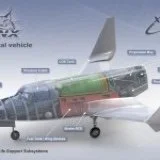

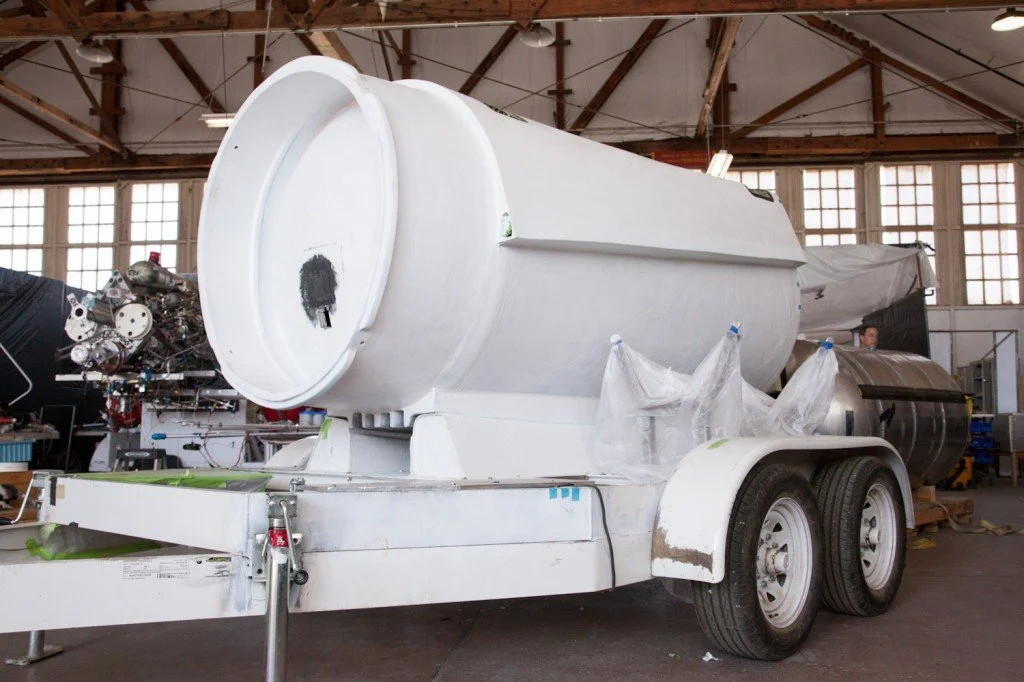
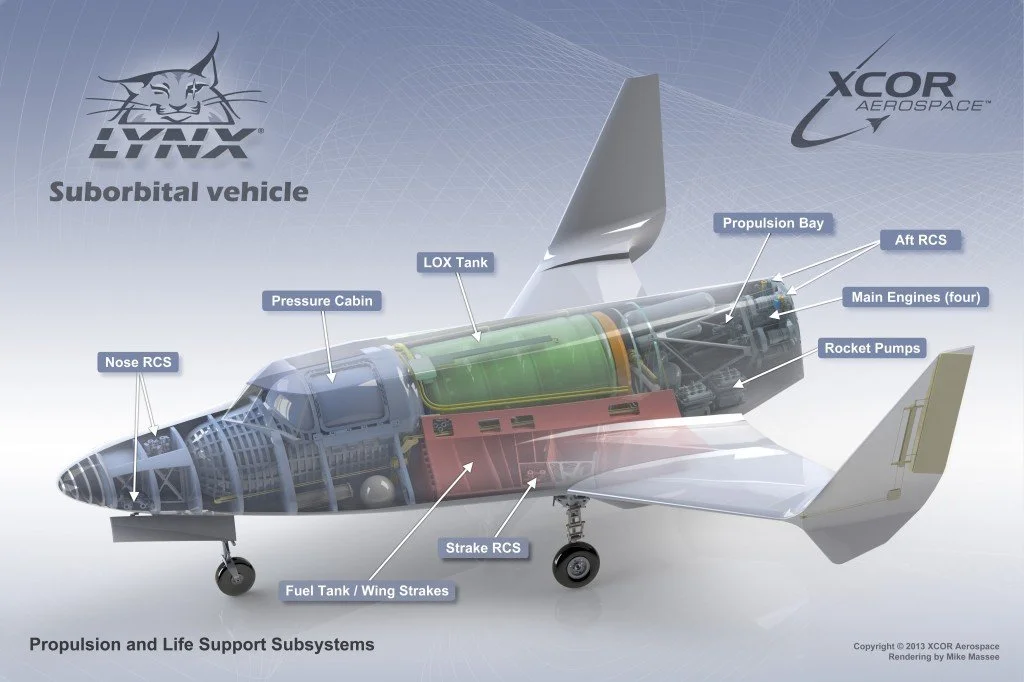
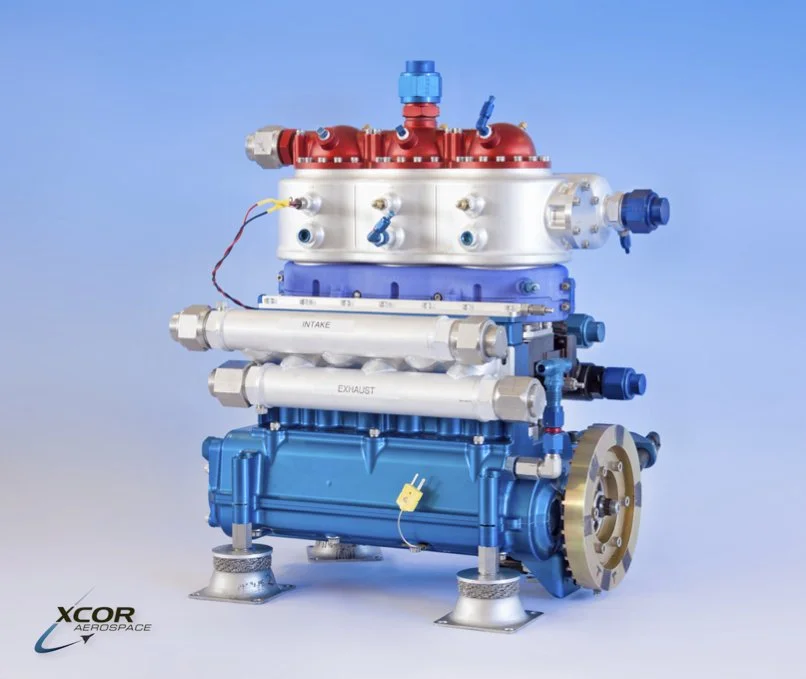
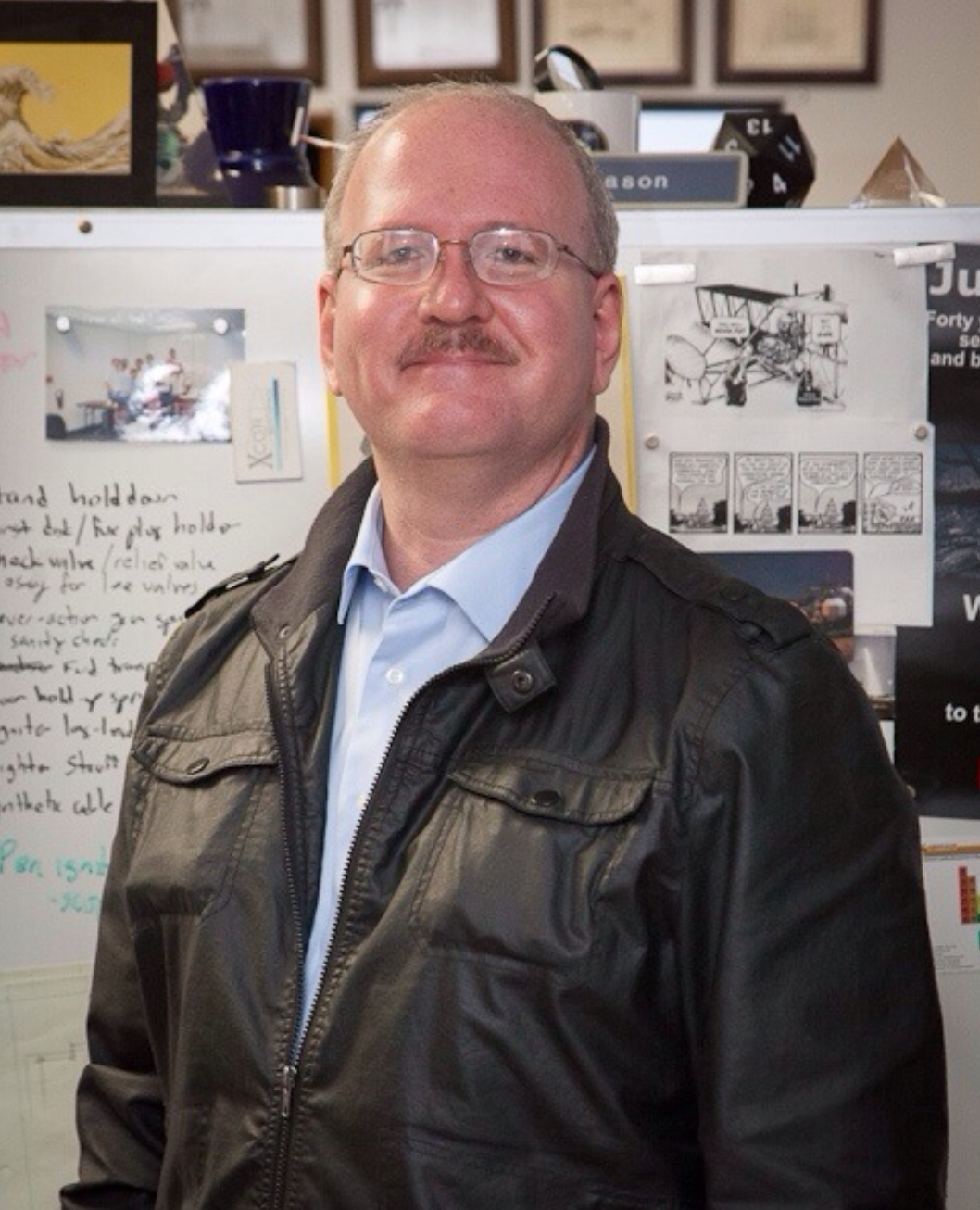

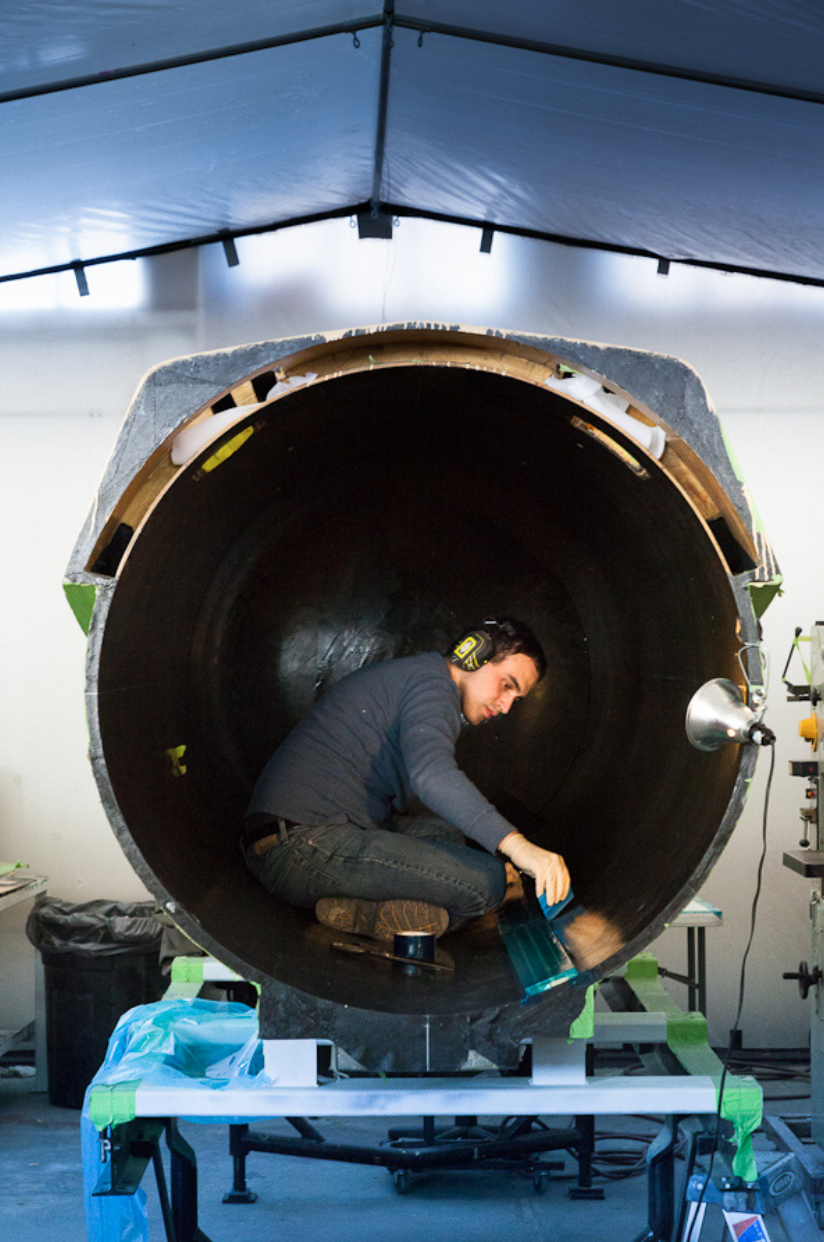
![The Year of the Lynx: Engines 101 — What 5K18 really means, and a bit on pumps and regenerative cooling [from the XCOR Blog]](https://images.squarespace-cdn.com/content/v1/5dabf15d913fa4644cf965e6/1651000363348-RUDA9JAHZTRTQIXM4T9B/IMG_9739.jpeg)